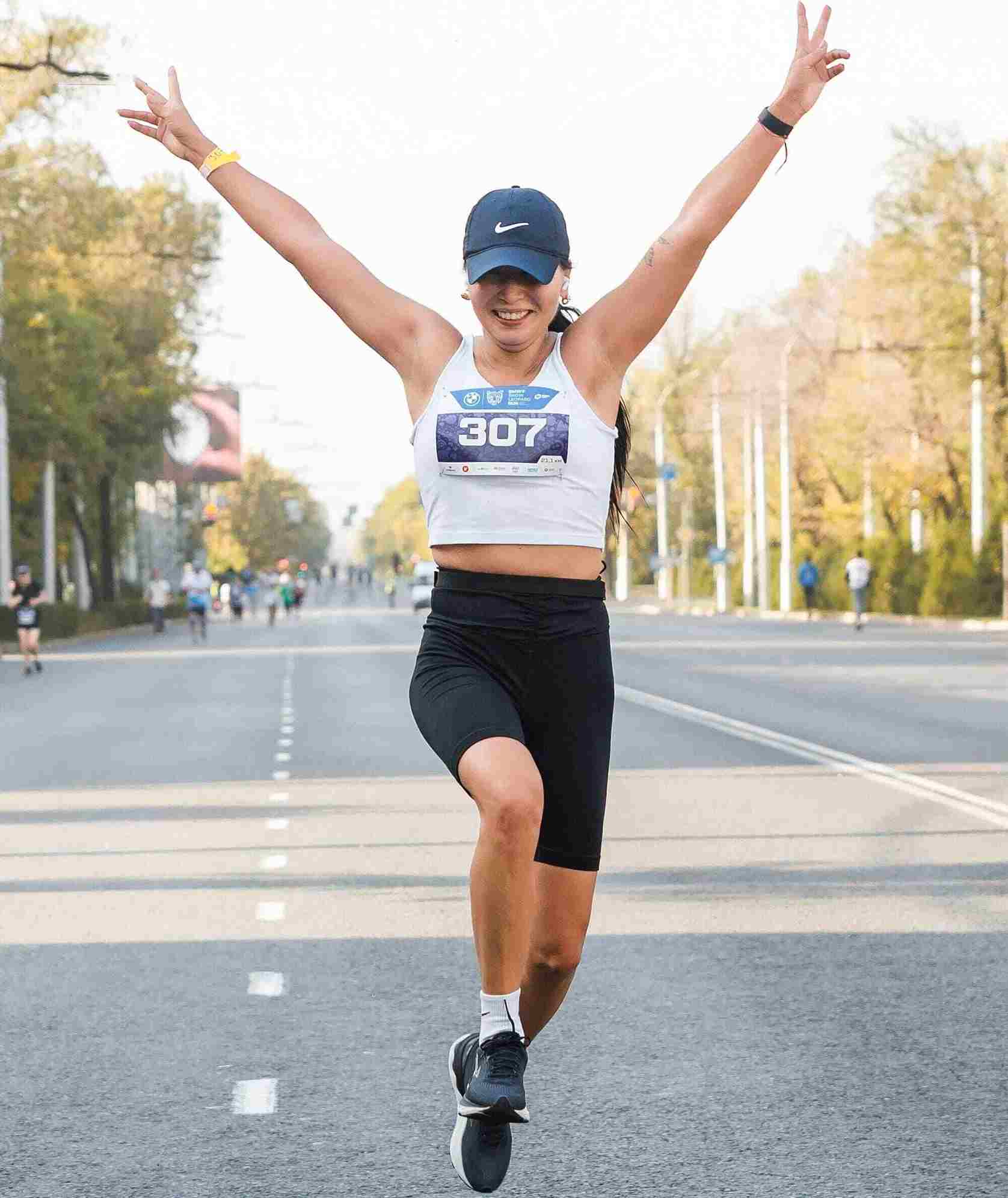Staying active is one of the best ways to maintain your health, energy, and independence as you age, and training for a 5K is a fantastic way to achieve that. If you’re new to running or looking to stay fit, this 5K training plan is designed for seniors who want to stay active and healthy.
This plan designed by Ilya Tyapkin, a professional and Olympian runner focuses on building endurance through walking and short bursts of running, paired with joint and breathing exercises to improve flexibility and overall well-being. It’s not about speed or competition—it’s about completing the distance at your own pace.
The Training Plan
Thank you!
You have successfully joined our subscriber list.
How Does the Training Plan Work?
The plan emphasizes gradual and safe progressions, starting with walking sessions with gentle joint and breathing exercises. These exercises enhance flexibility, mobility, and lung capacity, constructing a foundation for increased activity.
The first few weeks focus on building consistency and establishing a routine with regular walking. Short walk-run intervals are introduced later to gradually adapt to the demands of running. Running components increase progressively in duration, balanced with walking breaks to ensure comfort and prevent strain.
The plan also prioritizes rest and recovery, with ample rest days to allow you to grow stronger.
Training Structure Breakdown
Weeks 1–2: Building a Foundation with Walking and Gentle Exercises
The first two weeks focus on creating a habit of regular activity. Each session begins with a comfortable walk and incorporates joint and breathing exercises to improve mobility, flexibility, and cardiovascular health. The goal is to ease into consistent movement without overexertion. Walk durations increase progressively.
Weeks 3–4: Introducing Walk-Run Intervals
In the third and fourth weeks, short bursts of running are introduced into walking sessions. These intervals gently improve aerobic capacity and leg strength by starting with 2-minute runs and alternating with 5-minute walks. Joint and breathing exercises remain key, supporting overall flexibility and recovery.
Weeks 5–6: Increasing Running Intervals and Walking Durations
By Weeks 5 and 6, the walk-run intervals grow more consistent, with up to 3 repetitions of running segments per session. Walking durations reach 40 minutes on longer days, further enhancing endurance. The focus remains on balance, ensuring recovery and avoiding strain. These weeks help participants grow comfortable adding running into their routine while prioritizing joint health and mobility.
Weeks 7–8: Progressing Toward Longer Intervals
The final weeks solidify the progress made so far. Running intervals become slightly longer and more frequent, while the walking sessions on non-running days focus on maintaining stamina. Joint and breathing exercises remain integral, supporting mobility and reducing the risk of injury. By the end of Week 8, participants will feel more confident in their ability to complete a 5K.
What Paces Should I Train At?
For this plan, your train’s pace should prioritize comfort and consistency over speed.
Here’s how to approach each workout:
Walking Sessions: Keep your walking pace steady and comfortable. Aim for a swift walk where you feel slightly warm but can still converse without feeling breathless. This helps improve your endurance and cardiovascular fitness without putting undue stress on your body.
Walk-Run Intervals: During the running segments, run at a gentle pace—around 60–70% of your maximum effort. You should feel energized, not exhausted. Think of it as a light jog rather than an all-out run. During the walking intervals, slow down to a pace that allows you to recover and prepare for the next running segment.
Joint and Breathing Exercises: Perform these at a relaxed pace, focusing on smooth movements to enhance flexibility and lung capacity. The goal is to feel loosened up and ready for the main session.
What is a Good Target Time for This Plan?
The main goal of this 5K training plan for seniors is to complete the distance at a comfortable and sustainable pace. Rather than focusing on speed, the plan emphasizes maintaining good overall health.
For most participants, a target time to complete a 5K using this plan would range between 40 and 60 minutes. This equates to a pace of approximately 8:00–12:00 minutes per kilometer, depending on your fitness level and whether you choose to walk, run, or combine both during the race.




